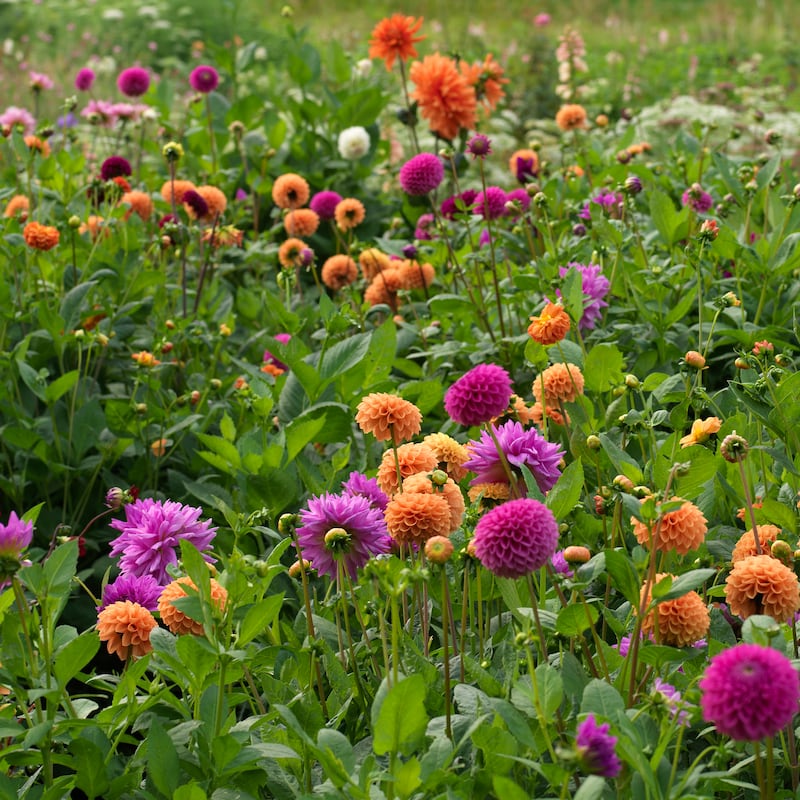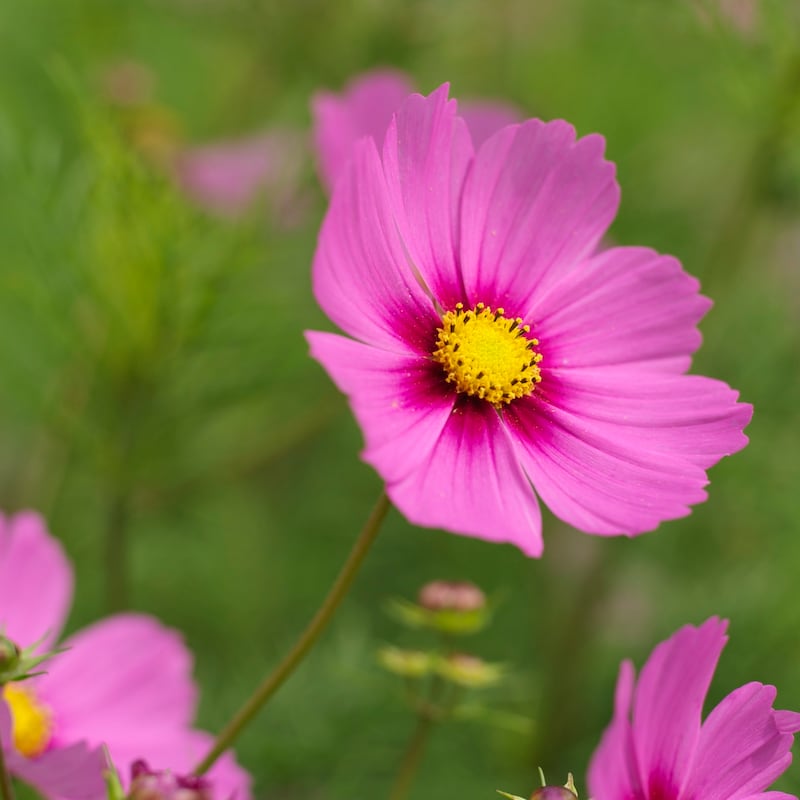From the lengthy closure of garden centres to the cancellation of many much-loved gardening fixtures and the ongoing threat of summer drought, it’s been a very strange year for Irish gardeners.
Adding to our woes is the fact that global supply chains that once allowed us easy access to a vast range of plants have had their weaknesses ruthlessly exposed by the pandemic with summer bedding in particular in very short supply.
Indeed, if we gardeners have learned one important lesson from the last few months, it’s to have a new appreciation for the kinds of traditional propagating skills that previous generations relied upon to keep their plots well-stocked. With that precious wake-up call in mind, here’s a little seasonal guide to growing your own plants from scratch.

First cuts
Growing plants from cuttings, that magical process whereby shoots from a suitable parent plant are used as propagating material to produce lots of baby plants, is a wonderfully satisfying way to grow your own plants for free and is far easier than you might think.
While the process varies slightly according to the particular time of year that they’re taken, early summer – when fresh growth is still soft and full of plant hormones that help boost rapid root establishment – is traditionally the time to take what are known as softwood’ cuttings.
Many shrubby/woody species are suitable candidates for this age-old technique including hydrangea, weigela, roses, fuchsia, lavender, salvia, sambucus, viburnum, philadelphus, buddleja, ceanothus, laurel, magnolia, olearia, osmanthus, tree peony, rosemary, hoheria and kolkwitzia. It also works well for many species of perennials including lobelia, dahlia, penstemon, argyranthemum and pelargonium.
For best results, choose strong, healthy, non-flowering shoots (10-15cm long, 15-20cm for roses) and collect them early in the morning, using a clean, sharp knife or secateurs to cut just below a node (the point where the plant’s leaves join the stem) before placing them straight into a labelled freezer bag to which you’ve added a little splash of water. Then as soon as possible, gently strip the lower half of foliage away from each shoot and pinch out their soft tips before plunging them up to their waists either into fertile, friable soil in a well-prepared, weed-free bed outside, or into pots filled with a good quality seed and cutting compost, ideally lightened with some horticultural grit or damp perlite.

Water and air
Water well, label clearly (name, date, description), and then cover with a clear plastic bag (if in pots) or with a clear upturned plastic bottle cloche (if in the ground outdoors). This locks in moisture and increases humidity, helping the cuttings to strike new roots quickly. If you’re using the pot method, giving them some form of bottom heat (for example, an electric propagator or heated bench/mat) will also help speed up the rooting process.
As the cuttings start to develop their own independent root systems over the coming months, start gently ventilating them to harden them up, eventually removing the bags/cloches altogether. Throughout this process, it’s also important to water them regularly enough to keep the compost slightly damp but not sodden.
An occasional diluted seaweed liquid feed – a natural biostimulant – is also very beneficial. By autumn, most will have developed their own strong independent root systems, giving you – hey presto – a barrow-load of new plants.
Sow now
While we tend to think of early/ mid-spring as the traditional time to sow seeds, there are many kinds of plants that are best raised from seed sown at this time of year. Examples include hardy ornamental biennials such as sweet William, foxgloves, wallflowers, Canterbury bells, forget-me-not and honesty, all of which will usefully fill that awkward late spring/early summer gap.
Certain types of hardy ornamental perennials can also be raised in large numbers from seed sown in early summer. Examples include aquilegia, achillea, rudbeckia, catananche, valerian, lupin and penstemon.
And if the shortage of summer bedding plants has left a large hole in your planting scheme, then you’ll be glad to know that it’s not too late (but do hurry) to sow seed of certain kinds of fast-growing ornamental annuals such as cosmos, nasturtium, sunflowers, florist’s dill (the variety known as Mariska), pot marigold, opium poppy, morning glory and tagetes to give you a very welcome blaze of early autumn colour.

Get potted
At this time of year there are various ways that you can raise plants from seed. I like to sow into 2 litre pots filled with a good quality seed compost before covering it with a light sprinkle of vermiculite and then soaking the pots up to their waists in water overnight. I then cover the top of each pot with an upturned freezer bag sealed with a plastic band – this makes a sort of mini biodome – and place it somewhere warm and bright but out of direct sunshine. Once I see obvious signs of germination, I start ventilating the seedlings by partially removing the bag.
But now that the risk of frost is passed, you can also sow outdoors into a well-prepared, weed-free seed bed raked to a fine tilth. Just make sure to protect emerging seedlings against slugs and to keep the soil/compost damp (but not sodden). At this time of year direct-sowing outdoors is also the best method for certain vegetables including radish, parsnip (like most tap-rooted plants, this resents being transplanted), oriental salad leaves and annual spinach.
Once they’ve developed their first set of true leaves, prick out container-raised young seedlings into modules/small pots, or if sown outdoors, gently thin them, quickly lifting and transplanting any thinned seedlings so as not to waste them (always water well immediately after doing this to help them to quickly re-establish).
Once they’re large enough to handle, fast-growing annuals can be quickly moved to their final growing positions. But biennials and perennials can be left in pots/modules or in their temporary seed bed until early autumn, at which point the young plants can be moved to their permanent growing positions in the garden or allotment. Come next year, you’ll have a garden so generously well-stocked that you’ll be giving your plants away.
*Recommended seed suppliers for all of the above include all good garden centres, mrmiddleton.com , brownenvelopeseeds.com , irishseedsavers.ie , seedaholic.com, jelitto.com and chilternseeds.com






















